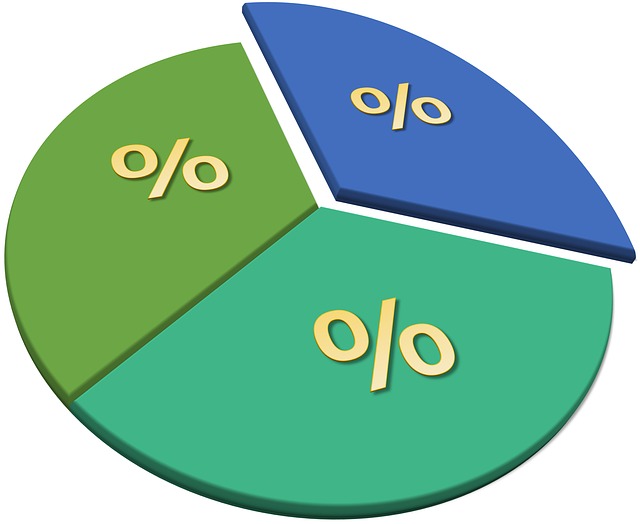When trading mutual funds on this system, there are a few differences to keep in mind compared to trading stocks. Click on this post for three mutual fund trading tips!
Mutual Funds come in several different “flavors”, but the core concept is always the same: the fund is a pool of money contributed from many different investors that are used to purchase a bundle of securities. They are professionally managed, so you are basically buying a piece of a larger portfolio.
Real-life and virtual trading hours for our site (all times Eastern). For example, the US and Canadian Markets open at 9:30 AM ET (GMT-6:00) and close at 4:00 PM ET. Monday to Friday, with exceptions on National Holidays.
A list of the 25 most popular (largest) mutual funds.
Mutual Fund screeners are available on countless websites and trading platforms. They allow users to choose trading instruments that are suitable for certain criteria profile.
Over the past decade, choosing Mutual Funds has been popular among American investors in order to save towards their retirement as well as other financial targets. Although Mutual Funds seem to have a lot of advantages like professional management and diversification, they, like any other invest, have some risks.
The possible choices for investing in a mutual fund is less complicated than you think. But how do you proceed or which one is the best for you based on your needs? Read this article to find out!
Mutual fund charges and costs are fees that may be acquired by investors who possess mutual funds. Managing a mutual fund involves costs, including investment advisory fees, shareholder transaction costs, and marketing and distribution charges. These funds are passed along as costs to investors in various ways. This article details types of mutual fund charges and costs, as well as load commissions.
A closed-end fund is a publicly traded investment company that raises a fixed amount of capital through an initial public offering (IPO). The fund is then structured, listed and traded like a stock on a stock exchange.
An open end mutual fund don’t have limits on the quantity of shares the fund will issue. Provided that demand is requested often, the fund will continue to issue shares no matter the number of investors.
A load mutual fund comes with a sales charge or commission. To compensate a sales intermediary (ex: a broker, financial planner, investment advisor) for their knowledge and time in choosing a suitable fund for the investor, the fund investor will pay the load.
A no-load mutual fund in which shares are sold without a commission or sales fee. The notion for this is that the shares are allocated directly by the investment company, rather than going through a alternate party.
Your goal should be to build and manage a diversified portfolio of stocks and bonds with the lowest possible fees and the greatest possible tax efficiency. ETFs offer seven advantages over index mutual funds: lower cost, greater tax efficiency, better tax management, easier asset allocation, easier portfolio rebalancing, no fraud and you can short ETFs.
A Balanced Fund is a type of Mutual Fund whose main objective is to diversify risk by holding a defined percentage of different security types.
An Aggressive Growth Fund is a form of Mutual Fund whose main investment objective is to achieve capital gains.





